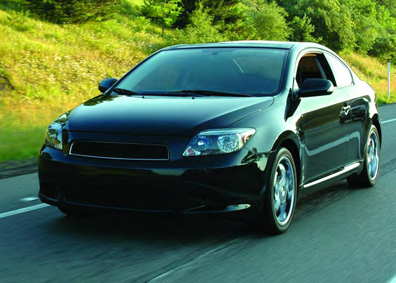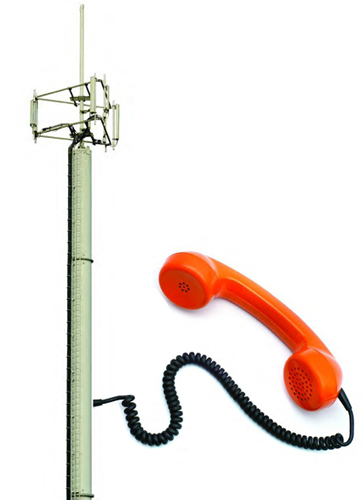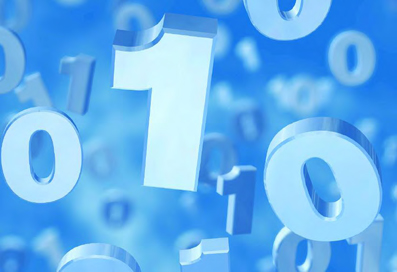Vibrations and Digits
In the past, when mobile phones were attached to cars, and very few people owned them, they used a system called analog. An analog system transforms a voice into electric vibrations or waves that are sent by a transmitter or tower and then picked up by an antenna.

Through the antenna, the vibrations are then turned back into a voice that the person receiving the call can hear. With an analog system, there aren't very many channels available to send and receive waves, so not many people in any area can use a mobile phone at the same time.

Today's cell phones use a digital system. Digits are numbers, and the numbers used in a digital system are 0 and 1. So instead of sending and receiving a sound as waves, or vibrations, a digital system turns those waves into numbers. It's like a code or language, that sends and receives sounds as a series of 0's and 1's.

Did You Know?
It may be easy for you to pick up your cell phone and call a friend but it isn't easy for your cell phone. Your cell phone processes millions of calculations per second to keep your conversation going.
With a digital system, many more people in an area can use their phones at the same time than with an analog system.

Digital Computers
All computers speak the same digital language as cell phones. Advances in computers, as they've gotten smaller and more powerful, have allowed cell phones to do many more things than just send and receive calls. Computer chips, small pieces of silicon with electric circuits, have also gotten smaller, less expensive, and more powerful. They easily fit in cell phones. This allows cell phones to take photos and videos, send email, and connect to the Internet.